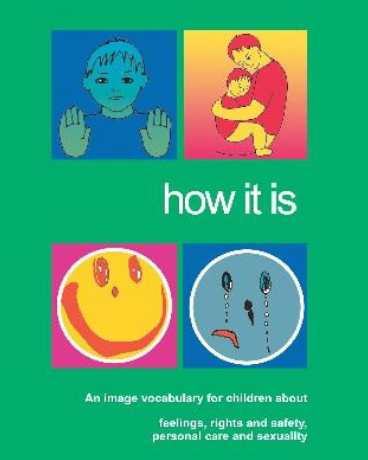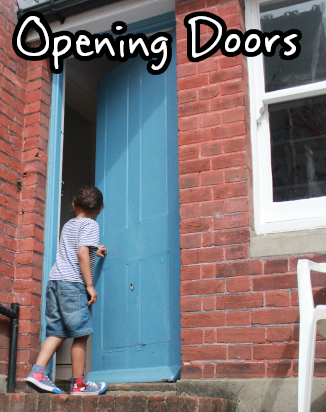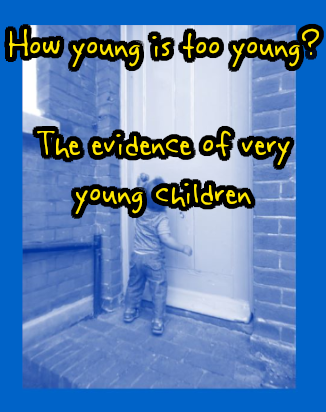How It Is
 |
An image vocabulary developed to support children to communicate about a range of important issues. It is designed to be used as a flexible, child-centered resource. |
Opening Doors
 |
Disclosure is often seen as a one-off, one-way event in which the adult is a passive recipient of a child’s words. This article reframes ‘disclosure’ as a two-way interaction in which the response of the adult is a key determinant of children’s safety. Many professionals are also given negative, prohibitive guidance about responding to early concerns. We instead offer a framework of positive, practical, evidence-based guidance. This article is focussed on responses by therapists, however the skills and techniques discussed can be used across all front line professionals working with children to enable them to respond confidently to children when there may be safeguarding concerns, and we introduce the analogy of ‘opening doors’ that a child might walk through, or not. |
How young is too young
 |
Perceptions of children’s competence as witnesses have shifted repeatedly in the last few decades. Recent international research confirms that very young children can provide reliable descriptions of past events when properly interviewed. In England, the legislative foundations are now in place to enable the evidence of very young children to be heard and tested: clear guidance is available for interviewing teams, prosecutors and advocates, and the judiciary. Yet practice with very young children is erratic across England, both at investigation and at trial. Many practitioners do not feel confident to interview or cross-examine very young children and in some areas children under five are not interviewed at all. Very few under fives give evidence in English courts, although this is beginning to change. This paper briefly summarises recent research and current guidance and explores the reasons for variability in practice. A range of practical strategies are suggested to enable very young children to give their best evidence. These strategies link the research base to the author’s direct involvement as a registered witness intermediary in more than 70 investigative interviews and criminal trials with children aged two to five. |
